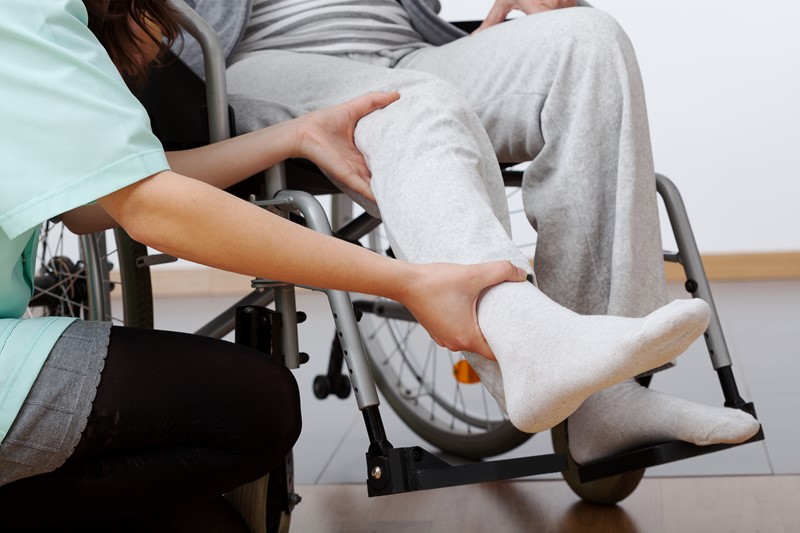Last year, Nelson Hospital’s Emergency Department saw a child turning up nearly every day with an illness that could’ve been prevented. With 27% of children in New Zealand living in low income households, there continues to be a risk that their health could fall through the gaps.
Children’s health is imperative as it can determine several aspects of their life once they reach adulthood. Risk factors for health conditions and diseases often present at a young age, which if not managed early on can lead to poor health later in life.
There are a number of government programmes currently available to ensure children receive the care that they need – the Well Child programme provides health assessments and activities for children and their families from birth to five years; B4 School Checks offer free health and development checks for 4-year-olds; and other free hearing, dental and vision checks are available.
One of the key health targets that DHBs are measured against is Raising Healthy Kids. With 34% of children aged 2-14 being overweight or obese, tackling obesity is a huge part of this target. The target aims to have 95% of obese children identified in the B4 School Check programme offered a referral to a health professional for clinical assessment and family-based nutrition, activity and lifestyle interventions.
But even with all of these programmes available, there is still a risk that some children are missed. How can we track those that are falling through the gaps? How do we know if children have received all the checks they need? And how can we ensure regular communication between healthcare providers and a child’s family?
The National Child Health Information Platform (NCHIP) was developed as a collaborative effort between Pinnacle Midlands Health Network and Orion Health with support from the Ministry of Health, in the Midland region in New Zealand to enable all children to be registered at birth and monitored against important health milestones. The Child and Youth Health Co-ordination Service (CaY-C) monitors the system and works to ensure regular communication with healthcare providers and the child’s family. The programme allows healthcare providers to contact a child’s parents or caregivers to make sure appointments are made and attended.
The service also identifies a child who is not yet registered with a healthcare provider, so they can find them one, or if a child is overdue for a health check and can’t be contacted by their provider. The online system combines information from six providers, all of whom use different databases, resulting in a record of when, where and with whom children have accessed services. Milestones including immunisations, Well Child checks, hearing and vision checks, and B4 School checks are monitored and recorded.
NCHIP helps to identify children at risk of falling through the gaps, helping to ensure they are reaching important health milestones. The first 5 years of a child’s life are paramount in determining their health later in life, and programmes such as NCHIP are a key example of how technology can enable health improvements for a population.
Due to the success of NCHIP in the Midland region, the platform is being extended across the District Health Boards in the Northern region. Once this is complete, more than 50% of the children in New Zealand will be supported by NCHIP.
To learn more about the National Child Health Information Platform, download the case study below.



